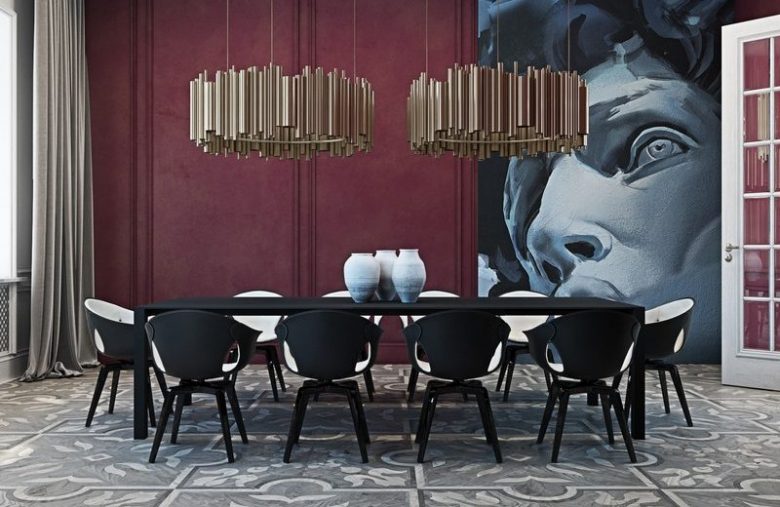Velvet brocade curtains, silk covered walls, gold fixtures and regal birdcage chandeliers enrapture visitors of the Marrakech Royal Mansour, London’s distinguished Ritz Hotel and Miami’s Los Fuegos restaurant by Francis Mallmann at the Faena Hotel. There is a certain charm about their interiors that captures one’s gaze and transports it to an entirely different reality. Their decorative elements by themselves serve solely as aesthetic vehicles that transmit a sense of luxury but together they form a breathtaking composition that celebrates beauty and individuality. This kaleidoscopic framework of design is part of an increasingly popular movement with historical roots in Egyptian and Greek art; today it is known as Maximalism. Although it is often referred to as a counter response to the simple nature of minimalism this particular style is more than a challenge to the “less is more” approach.
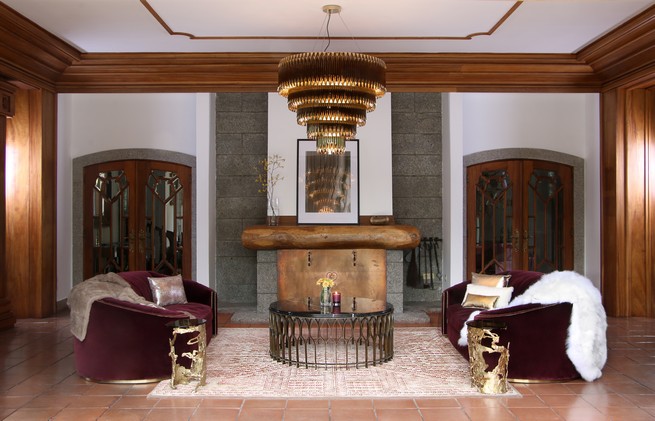
Maximalism as an art has its origins in the classical hotels and palaces of the European aristocracy. It was born from artists’ love for nature, mythology, oriental art and their romantic vision of the world. These are the same features which inspired the French Rococó artistic movement during 1730-1760. The luminous, sensual and refined style shared by both trends was fortunately spared from the cruelties of time and was allowed to thrive. With the passing of the years the charm of this movement was kept alive like kindling waiting for a spark to light its flame.
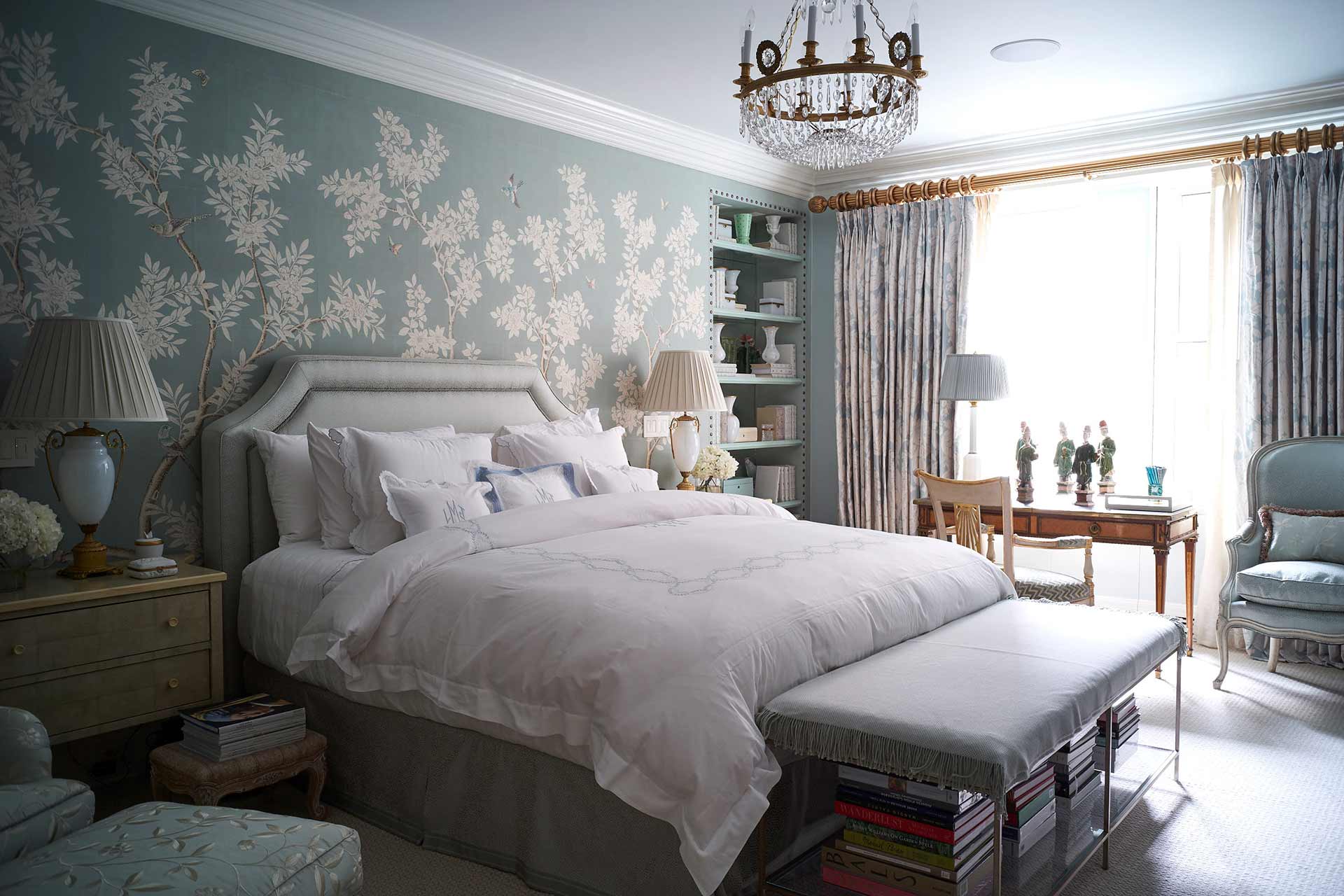
In the 1960’s this fire finally spread across the minds of innovative artists and designers who allowed themselves to experiment with a mixture of colors, materials and arrangements. The technology of the 1950’s had further aided its international success within a modern design culture by providing the necessary means of mass production and distribution; this time extravagance could belong in the homes of a varied public and not just among the elite.
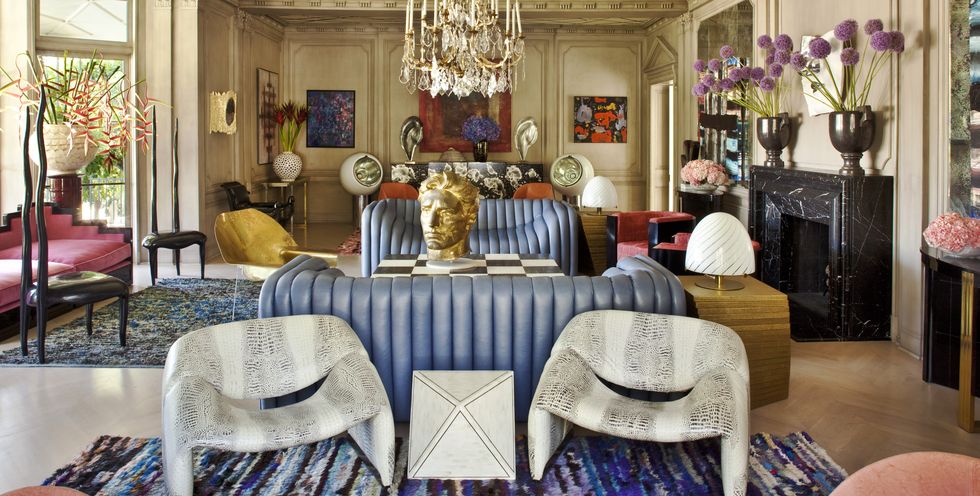
Today, the concept of Maximalism in society bears little resemblance to the role it had in the past. While this style was originally geared towards the desires of a limited group of privileged families and individuals, nowadays it invites everyone to become an artist; to play with the prospect of combining unrestrained self-expression with a dazzling décor. Nonetheless, Maximalism is often unjustly regarded as a side-effect of consumers’ unquenchable thirst for material richness. Contrary to the popular opinion, this is not an uncontrolled trend towards disorganization and the blind accumulation of material products but rather an art that recognizes the alliance between harmony and chaos which highlights people’s individuality. Eccentricity is in this case a means of transmitting emotionally charged products with a loud visual appeal.
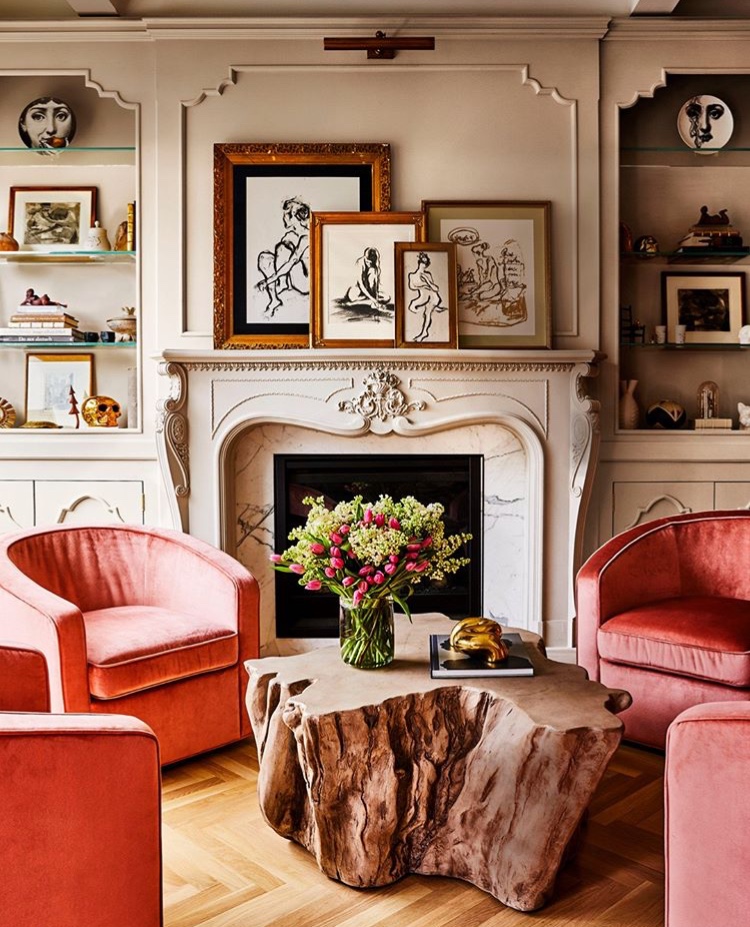
Maximalist interiors often stand on the fine line between regulated excess and rebellious disorder. To avoid upsetting this fine balance one must never lose sight of the broader picture by focusing too much on the details. It is, of course, easier to concentrate on the overall composition once you understand the characteristics that generate this kind of décor. Maximalism relies primarily on two senses; sight and touch.
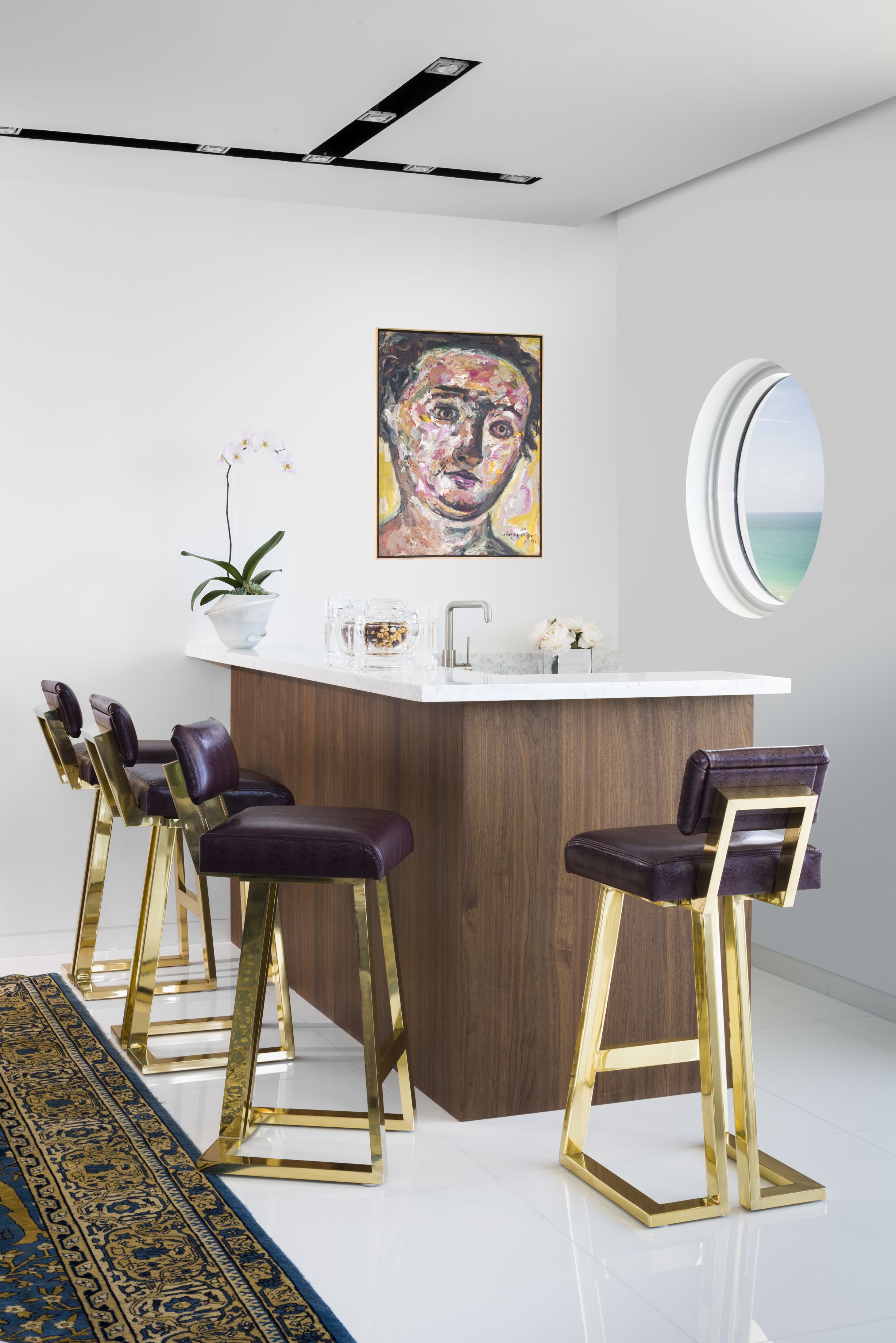
This approach gives people the freedom to choose between applying different color combinations or creating a complex ensemble built on multiple variations of the same color. Furthermore, there is also the possibility of introducing mismatching patterns across large surfaces with dramatic wallpapers, elaborate rugs or even a mosaic-like bedspread. The trick is in developing a coherent whole that uses either color or certain patterns as a base for the final product; otherwise the sense of consistency can be threatened by an avalanche of visual noise produced by the random display of decorative elements.
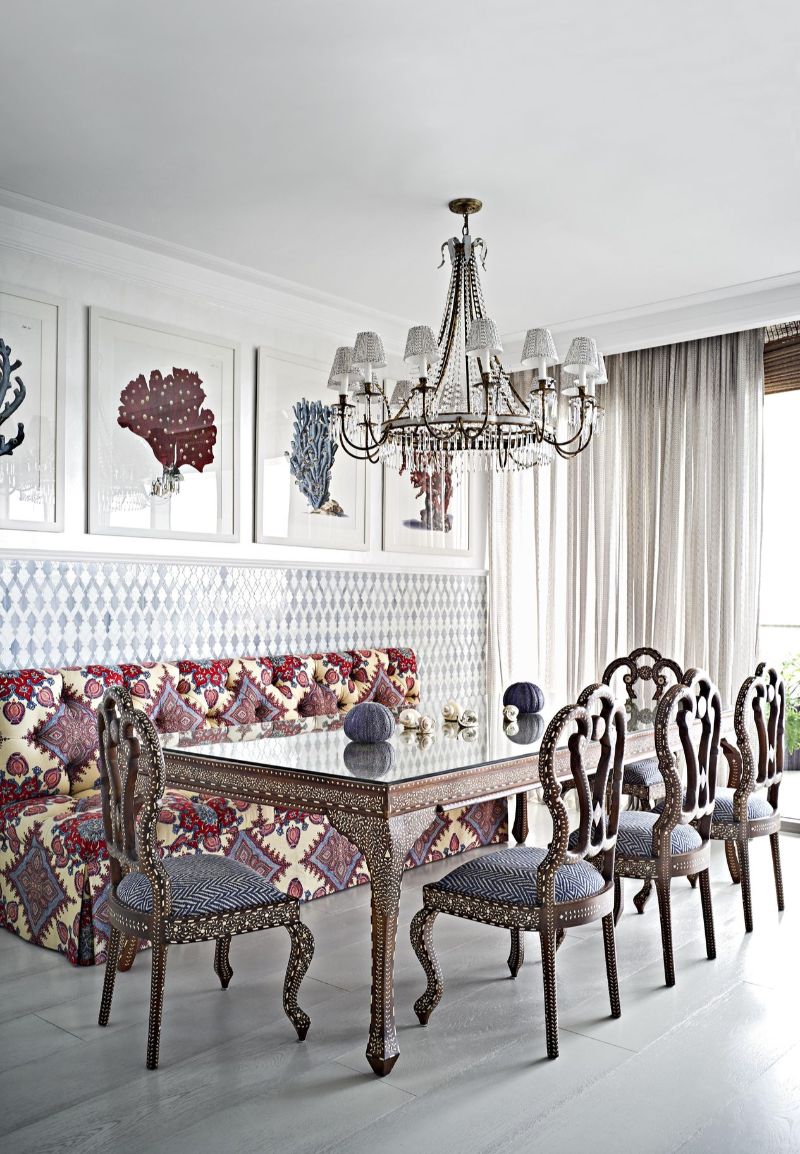
On the other hand, we must not forget about the second element comprising this style of design which is the sense of touch. Maximalist décor often employs tactile materials such as feathers, fur, velvet and silk over furniture that invites you to caress its surface. Texture reintroduces the classic Parisian elegance displayed in the smooth tufted headboard of a Chateau bed, within the silky covering of custom made armchairs or in a wide satin seat of a chaise longue. Such upholstered pieces preserve their user’s personal touch and in this manner they praise the maximalist focus on the individual’s identity. Sometimes it is also quite easy to get carried away by the scale of the furniture, assuming that a greater size generates a stronger visual impact. In reality the most compelling maximalist interiors tend to reserve this ‘wow’ factor for one or two pieces that will predominate among an ocean of colors and patterns.
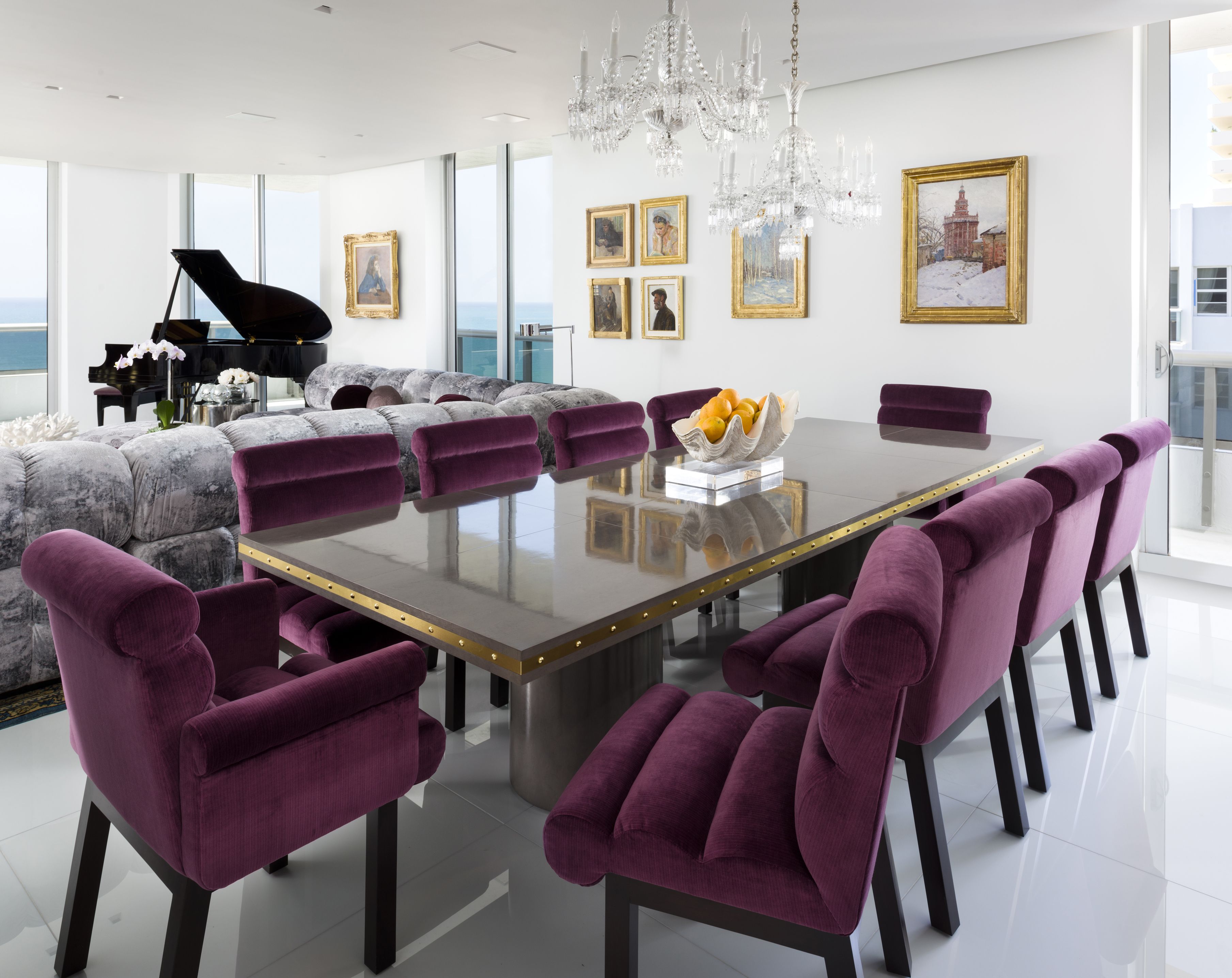
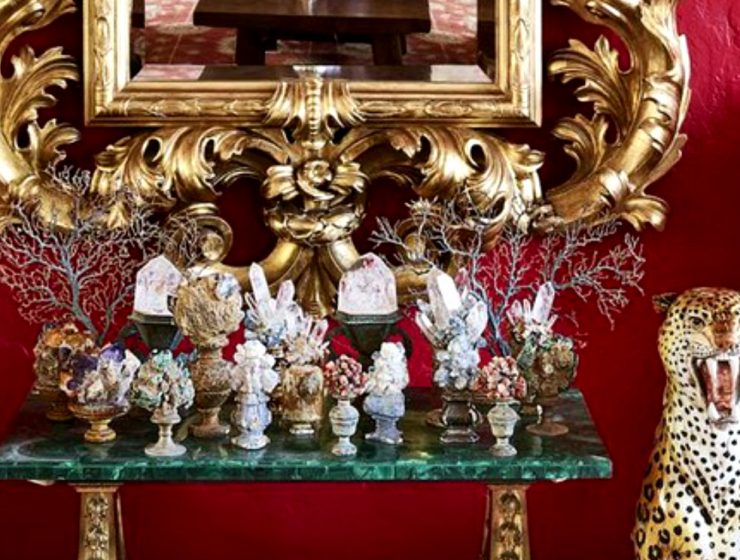
At last, the final product is nicely completed with the addition of ornamental elements. One by one, all accessories tie the design together and personalize each space. They provide the perfect opportunity to display personal collections, artwork, and unique vintage artefacts or elaborate flower arrangements. The idea is to introduce an unexpected charm with every object without diverting the viewer’s attention from the overall picture.
Maximalist design is first and foremost a mirror to one’s personality; the desires, tastes and perceptions of beauty that define an individual. It is therefore reflection of yourself and how you choose to be seen. Are you comfortable with the simplistic nature of popular styles or do you dare to be embrace your unapologetically extravagant self?

